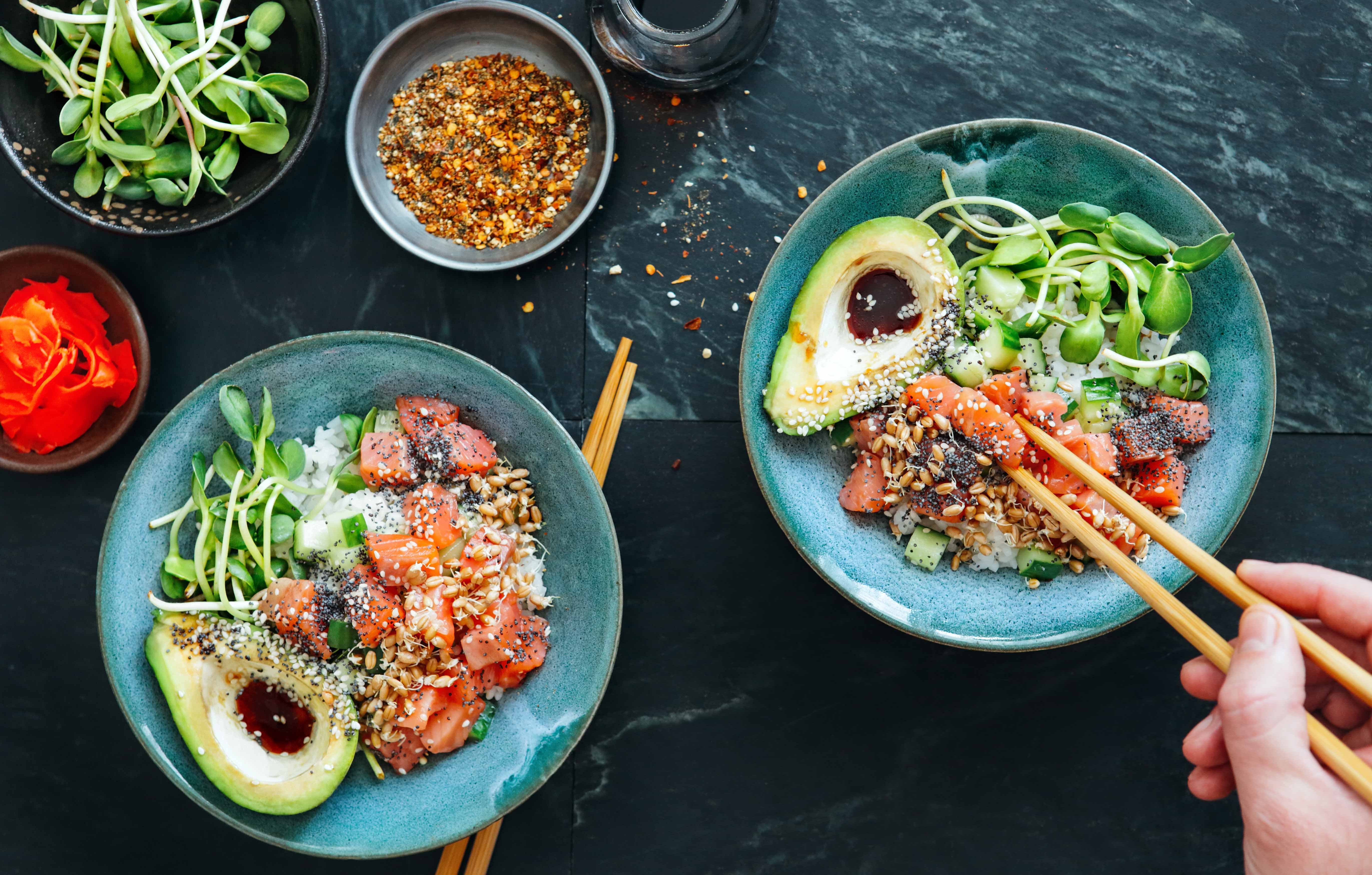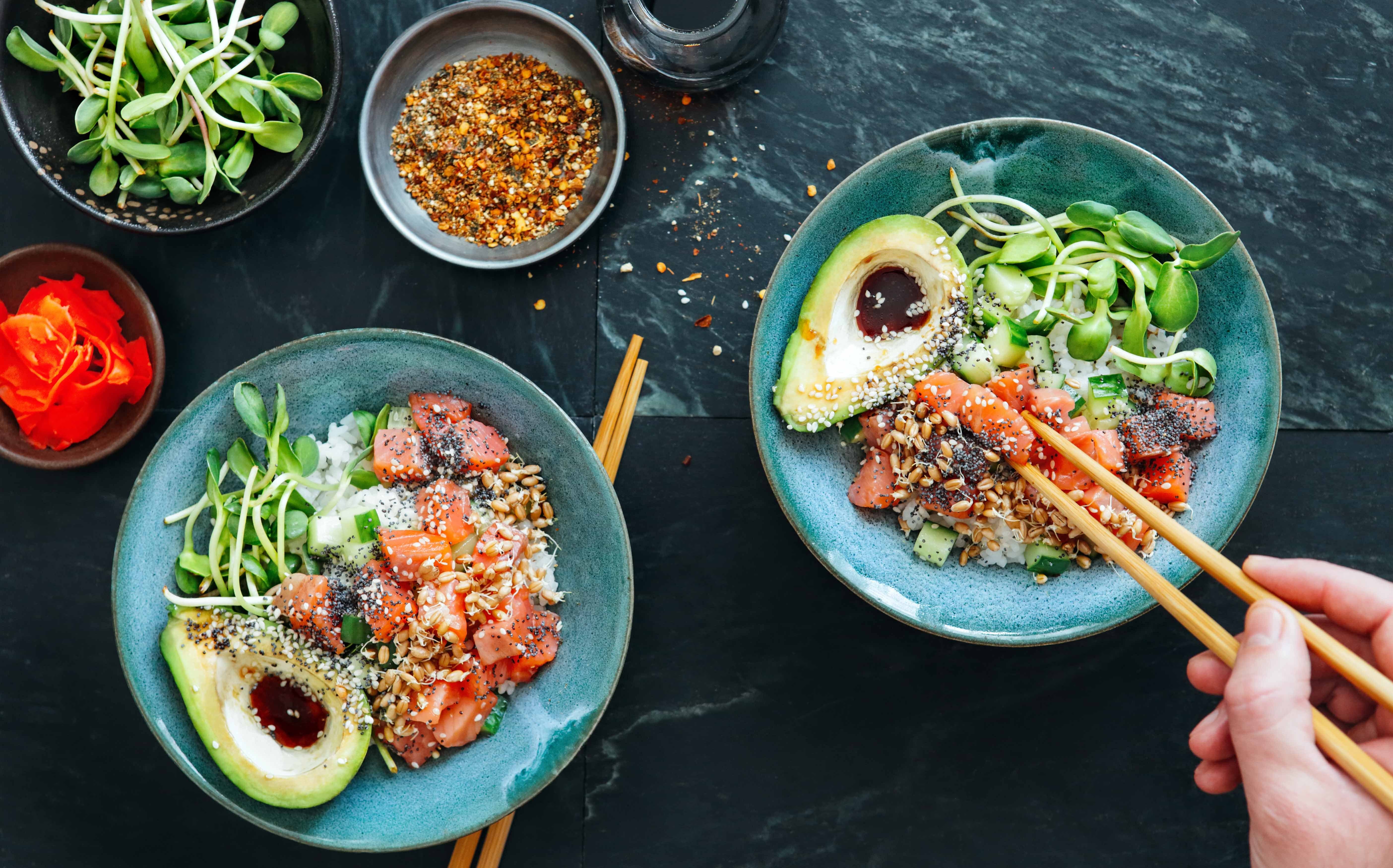How to add protein throughout your day


Of all the nutrients we can choose, protein appears to have the greatest hunger-busting or appetite-satisfying effect. Although it’s common to load up on protein at dinner, there are plenty of ways to include it at breakfast and lunch, too. When you include a source of lean protein in a meal, not only are you likely to feel fuller for longer, but you’ll also ultimately make wiser food choices leading to more successful weight loss. Talk about protein power!
SmartPoints® has been designed to help increase nutritious food choices which are higher in protein and lower in those that contain more sugar and saturated fat. Foods that are higher in sugar and/or saturated fat are given a higher SmartPoints, while those that are higher in lean protein generally have a lower SmartPoints value.
When it comes to eating protein, it’s important to consider the timing of your intake and spread consumption throughout the day. As a rule of thumb, if you look up the protein content of a food in the per serve column of the nutrition information panel: 5g of protein equals a source and at least 10g of protein is a good source. How much protein you need depends on many variables, such as your weight, age and physical activity levels.
Breakfast
Set yourself up for the day with these tasty, filling ideas:
- Try a poached egg with spinach, tomatoes or mushrooms on wholegrain toast which has 5 grams of protein.
- Dollop higher protein content, strained, Greek yogourt on your fruit salad or cereal. One tablespoon of plain low-fat Greek yogourt has 2 grams of protein.
- Sprinkle unsalted nuts on your cereal or make your own granola. 30g raw almonds has 6 grams of protein.
Snacks
- Opt for a protein snack after your workout, or when the "hangries" hit hard.
- Make your own sweet and savoury snack with chopped fresh dates and 30g of almonds which has 6 grams of protein.
- Spread natural peanut butter on celery sticks. 1 Tbsp has 6 grams of protein.
Lunch
- Having a serving of protein at lunch will help you manage the afternoon slump and get through until dinner.
- Toss a can of chickpeas into the blender with garlic, lemon juice and 2 tsp olive oil to make hummus for a wrap or crudités. 1 cup canned chickpeas has 9g of protein.
- Add a can of tuna in oil (drained) into a colourful salad. 1 can 95g tuna in oil has 20g of protein.
- Shred a BBQ chicken breast (skin removed) into an Asian slaw with fresh lime and coriander and roll up in lettuce cups. 1 medium 150g grilled chicken breast has 45g of protein.
- Did you know?
- High-quality protein helps promote muscle repair, recovery and regeneration after physical activity. There’s around an hour after a workout to pep up with protein to promote optimal recovery so you bounce back with less stiffness and soreness – ready to go again the next day. The perfect snack combo combines protein for repair, nutritious carbs for refuelling and fluids to rehydrate.
Quick look: How much is in it?
When you’re looking at protein content of a packaged food, you can easily check the nutritional information panel to get an exact count. But when it comes to fresh, whole foods, knowing the protein content is a bit trickier. Here’s a guide to help with some common portions of protein.
- 1 medium (150g) cooked chicken breast = 45g protein
- 1 small (125g) lean beef rump steak, grilled = 39g protein
- ½ cup (100g) cooked green lentils = 7g protein
- 100g plain soft or silken tofu = 8g protein
- 1 hard-boiled egg = 5g protein
- 1 slice (30g) extra light cheddar cheese = 9g protein
- 1 cup (250ml) skim milk = 9g protein
- 1 tub (150g) natural low-fat yogourt =10g protein
- 10 roasted almonds = 2.4g protein
